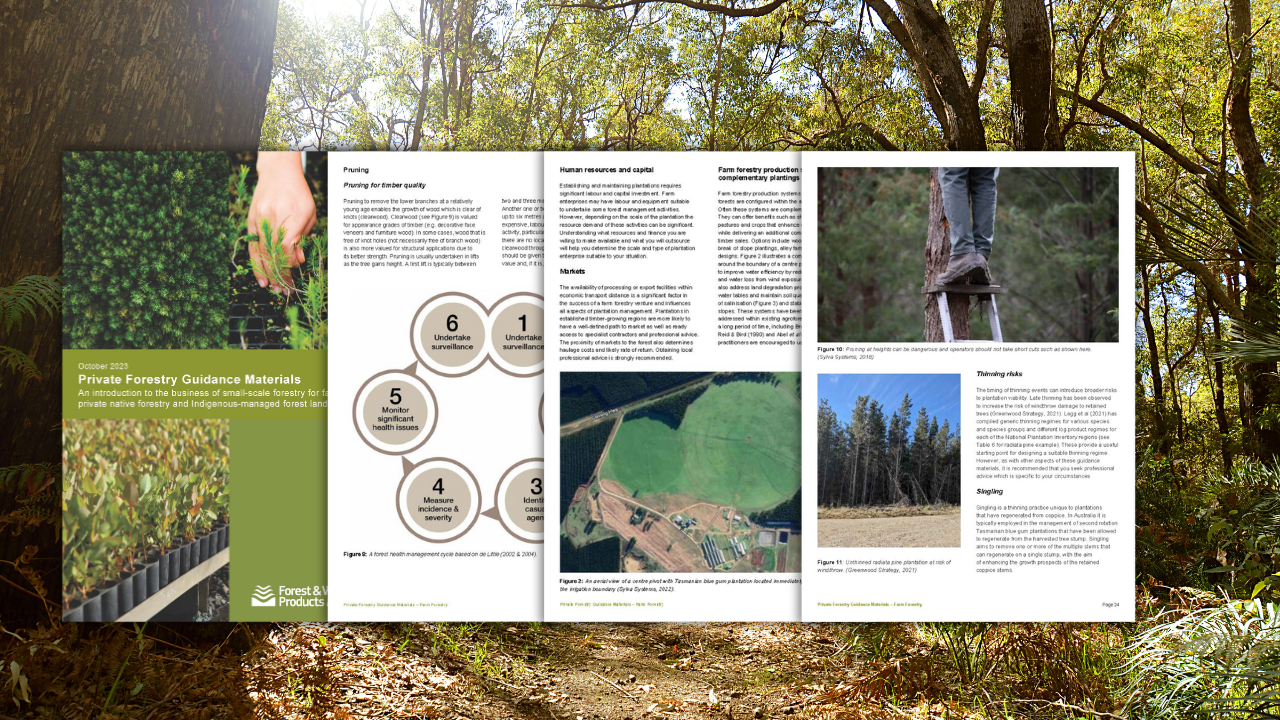In today’s construction and design sectors, responsible sourcing of timber isn’t just a best practice—it’s a professional responsibility. For architects, engineers, builders, and developers committed to environmental performance and long-term resilience, certified wood offers a trusted pathway to sustainable outcomes.
What is certified wood?
Certified wood comes from forests that are managed according to rigorous environmental, social, and economic standards. Certification ensures that timber has been harvested legally, with respect for biodiversity, Indigenous rights, and forest regeneration. It also offers traceability across the supply chain, which is increasingly important in ESG reporting and green building compliance.
Leading certification systems include:
- Responsible Wood – Australia’s PEFC-endorsed certification system, providing independent assurance that forests are managed sustainably.
- Forest Stewardship Council® (FSC) – A global standard that ensures environmentally appropriate, socially beneficial, and economically viable forest management.
- Programme for the Endorsement of Forest Certification (PEFC) – An international non-profit alliance promoting sustainable forest management through independent third-party certification.

FWPA Private Forestry Guidance Materials
Developed in collaboration with FWPA, Greenwood Strategy Solutions and funded by the Australian Government Department of Agriculture, Fisheries, and Forestry, these materials are a comprehensive introduction to the business of commercial forestry, tailored for small-scale private owners of plantations and native forests, as well as Indigenous landowners and forest managers.
Why responsible sourcing matters in construction
Certified timber plays a vital role in achieving low-carbon, high-performance buildings. According to the Intergovernmental Panel on Climate Change (IPCC), sustainably managed forests and harvested wood products provide long-term carbon storage, helping to mitigate climate change.
Key benefits of using certified wood include:
- Verified low embodied carbon – Supports Green Star, NABERS, WELL, and Passive House targets.
- Legal compliance and risk reduction – Meets the requirements of the Illegal Logging Prohibition Act and due diligence frameworks.
- Market access and reputational value – Increasingly demanded by clients, regulators, and institutional investors.
- Contribution to circular economy goals – Promotes renewable materials and closed-loop material flows.
How to specify certified timber
Design and construction professionals can contribute to responsible sourcing by:
- Specifying certification requirements in tender documents and material schedules.
- Selecting verified suppliers through trusted directories like the WoodSolutions Supplier Listing.
- Requesting chain-of-custody documentation to confirm product origin and legitimacy.
- Collaborating with consultants to ensure certified wood is incorporated into sustainability frameworks.
Many Australian suppliers offer Responsible Wood or FSC-certified timber for framing, cladding, flooring, and engineered wood products, including glulam and CLT.
Certifications that support your project goals
| Certification | Focus | Recognised By |
| Responsible Wood | Australian forests and PEFC-endorsed | Green Star, Infrastructure Sustainability Council |
| FSC® | Global forests and social equity | LEED, BREEAM, WELL |
| PEFC | Global forest certification umbrella | ISO 38200-compliant |
Understanding Australia’s forests
A foundation for certified timber
Australia is home to vast, diverse forest ecosystems and one of the world’s most carefully managed timber industries. This provides the design and construction sector with a reliable source of sustainably harvested, certified timber—without contributing to deforestation.
According to the Intergovernmental Panel on Climate Change (IPCC), “sustainably managed production forests that maintain carbon in growing trees while producing a yield of timber will generate the largest sustained mitigation benefit.” In practical terms, this means that when forests are harvested responsibly—balanced by regrowth and regeneration—they continue to draw down carbon from the atmosphere, supporting climate-positive outcomes.
How it works: harvesting and regrowth
Australia's forest management systems operate on a cycle of harvest, regeneration, and re-harvest. Trees are cut and replaced with new growth through either natural regeneration or replanting, forming a closed-loop carbon system that maintains the health and productivity of the forest. This method allows forests to:
- Continue absorbing carbon dioxide (CO₂) from the atmosphere
- Maintain forest cover over time
- Provide renewable material for climate-smart construction
This system of continuous carbon capture makes wood a unique renewable resource among mainstream building materials.
Where Australia’s timber comes from
The vast majority of timber used in Australia’s construction sector is sourced from plantation forests and native forests managed under stringent regulations.
- Australia has around 1.9 million hectares of timber plantations, which represents less than 1% of the national land area, according to the Australian Bureau of Agricultural and Resource Economics and Sciences (ABARES)
- These plantations supply approximately two-thirds to four-fifths of the timber products used annually.
- Harvesting from native forests is highly limited and strictly controlled: in 2015, only 1.5% of available public native forest area was harvested, with mandatory regeneration in place.
Using timber without deforestation
It’s a common misconception that using timber for buildings causes forest loss. In reality, certified timber harvested from sustainably managed forests supports forest conservation, as it creates economic incentives to keep forest land forested, rather than converted to agriculture or urban development.
By choosing certified wood from Australian plantations or responsibly managed native forests, design and build professionals can contribute to:
- Climate action through carbon storage in buildings
- Biodiversity conservation
- A circular, renewable materials economy
A more responsible built environment starts with wood
Using certified timber is one of the most effective ways to support climate-resilient construction while meeting modern sustainability standards. It helps professionals lead the shift toward nature-positive, net-zero building solutions—with confidence in compliance and performance.
Learn more about certification and timber sourcing at:
United Nations SDGs
These certification schemes align with global frameworks such as the United Nations Sustainable Development Goals (SDGs), especially Goal 12: Responsible Consumption and Production, and Goal 13: Climate Action.
Ready to build with certified timber?
Visit the WoodSolutions Supplier Directory to find certified wood products near you.
Or explore case studies that demonstrate how certified timber is delivering climate-smart, high-performance buildings across Australia.
